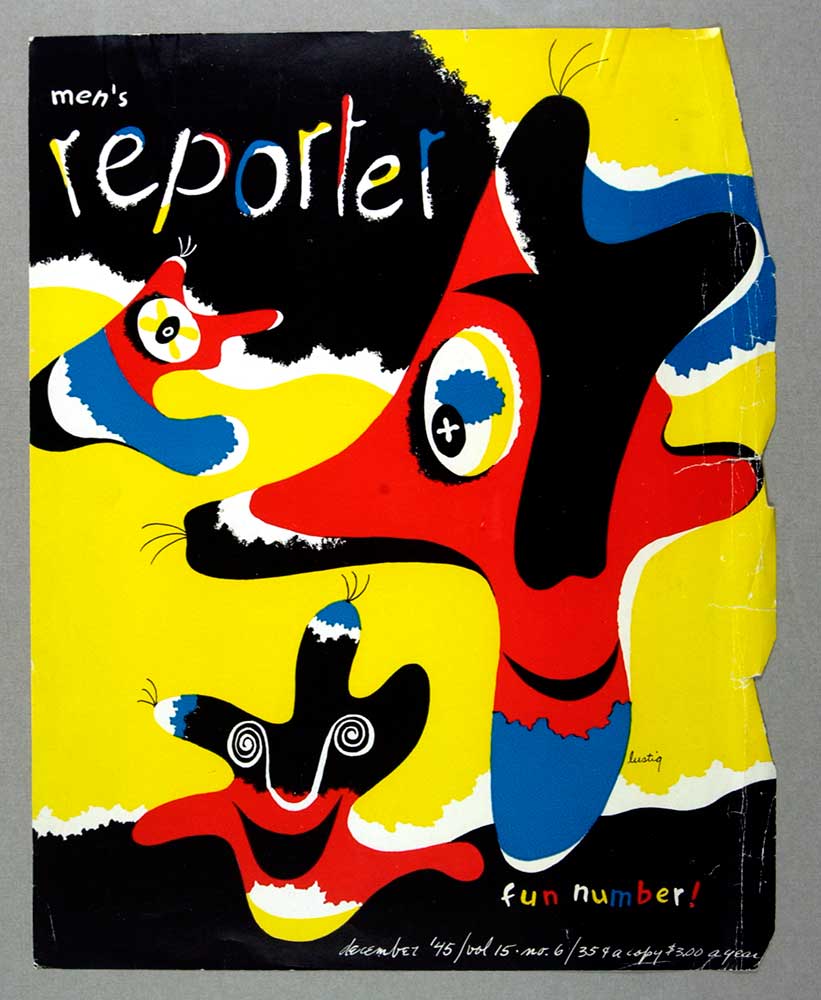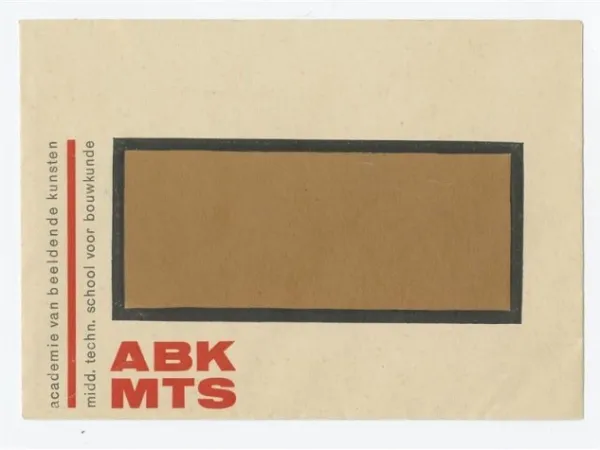
Berlin, the capital of Germany, is known for its rich history and vibrant art scene. When it comes to the city’s underground signage, a modernist tradition in type design was seamlessly integrated with technological advancements, resulting in a successful and visually appealing passenger information system. In this blog post, we will explore the work of Erik Spiekermann and MetaDesign in creating the renowned Berlin Underground Signage.
Continuing the Legacy of Modernism
Despite the emergence of new technologies in the 1980s, the tradition of modernism in type design did not disappear. Instead, it evolved alongside these technological advancements. Erik Spiekermann, a renowned typographer and founder of MetaDesign, exemplified this continuation of the modernist tradition in his rational work for the Berlin underground system.
Post-Berlin Wall Redesign
After the fall of the Berlin Wall, the city’s public transport system underwent significant changes. New passenger information, including signage and maps, was required. MetaDesign was commissioned to undertake the redesign of the corporate symbol, logotype, and signage for the Berlin transportation network.
A Resounding Success
The work carried out by MetaDesign was highly successful and well-received. The redesigned signage fulfilled its purpose of effectively guiding passengers through the underground network. The quality of the work was so commendable that Berliner Verkehrsbetriebe (BVG), the city’s transport authority, enlisted MetaDesign to establish a complete corporate design program.
Expanding the Scope: Interactive Information Kiosks
Building on the triumph of their initial efforts, MetaDesign is now expanding the scope of their work in enhancing the passenger experience. They are currently engaged in designing fully interactive information kiosks that aim to assist travellers in navigating the Berlin transportation system. This innovative approach combines the power of technology with the principles of efficient information design.
Erik Spiekermann: A Unique Perspective
Erik Spiekermann, the creative force behind MetaDesign, brings a distinctive perspective to type design. Trained as an art historian at Berlin’s Free University in West Germany, Spiekermann established a small press in the late 1960s, demonstrating his early passion for visual communication. His work experience in England during the 1970s further shaped his design sensibilities.
MetaDesign’s Success Stories
MetaDesign and Erik Spiekermann have built a reputation for excellence through their collaborative efforts on various projects. The studio specializes in corporate identity, having worked with notable clients such as H. Berthold AG, the Deutsche Bundespost, and Apple Computers. In 1991, they even created a timetable for the Berlin Transport Authority, showcasing their ability to merge design and functionality seamlessly.
The Fontshop: Bridging Tradition and Innovation
In 1988, Erik Spiekermann co-founded the Fontshop, an influential company that markets typefaces. This venture acts as a vital outlet for both radical and commercial fonts. One of Spiekermann’s most renowned typefaces, Meta, has gained immense popularity in electronic fonts, making it a widely used choice for signing systems and magazine design.
In Conclusion
The Berlin Underground Signage stands as a testament to the successful integration of tradition and technology in design. Erik Spiekermann and MetaDesign have brought together their respect for history and tradition with their commitment to innovation, resulting in a functional and visually appealing system. As they continue to push boundaries in their design endeavours, we can eagerly anticipate the fully interactive information kiosks that will enhance the traveller’s experience in Berlin’s public transportation network.
Sources
McDermott, C. (2008). Contemporary Design: Date, 1900-today. United Kingdom: Carlton Books.
More Graphic Designers
Luba Lukova: The Power of Visual Metaphor in Design
Luba Lukova, a New York-based artist from Bulgaria, creates impactful artwork addressing social issues like justice and freedom through minimalist design and visual storytelling.
Keep readingAlvin Lustig: The Multifaceted Designer of Modernism
Alvin Lustig was a pioneering designer whose multidisciplinary work in graphic design, book covers, and interiors established enduring design principles, influencing contemporary aesthetics.
Keep readingSwiss Graphic Design and its Impact on Decorative and Applied Arts
Swiss graphic design, rooted in principles like grid systems and minimalism, has profoundly influenced global aesthetics, blending functionality and artistic beauty across various media.
Keep readingPierre Gauchat: Pioneer of Swiss Graphic Design
Pierre Gauchat (1902–1956), a Swiss graphic designer, influenced 20th-century design with his clarity and functionality, notable for iconic posters, logos, and initiating design competitions.
Keep readingDafi Kühne: Master of Letterpress and Graphic Design
Dafi Kühne is a Swiss poster designer and educator known for blending contemporary design with traditional letterpress techniques, creating innovative works that inspire appreciation for craftsmanship.
Keep readingGordon Andrews: A Pioneer in Australian Design
Gordon Andrews, influential Australian designer known for diverse work, including banknote design, showcased international style amidst mid-20th century. Legacy continues to inspire.
Keep readingHonoring Barbados Centenarians: A Unique Stamp Tribute
The Barbados Postal Service released “Centenarians of Barbados” stamps in 2016, honoring 27 individuals who reached 100 years or more, coinciding with the nation’s 50th Independence Anniversary.
Keep readingGerard Kiljan: Contributions to Dutch Modernist Design and Education
Gerard Kiljan, a Dutch modernist designer, integrated photographic techniques into dynamic “typo photo” works. His influence extended to teaching and functionalist design.
Keep readingJacob Jongert: Merging Artistry and Advertising in the Interwar Period
Jacob Jongert, an influential figure in applied arts, is best known for his innovative advertising designs at Van Nelle and his impact on modernist aesthetics. His legacy remains influential.
Keep readingGeorge Adams-Teltscher (1903 – 1951), Austrian- British Graphic Designer
George Adams-Teltscher, an Austrian designer, studied at Bauhaus in Weimar. He emigrated to London in 1938, created internment camp money during WWII, and worked as a graphic designer internationally.
Keep readingRelated Articles
Discover more from Encyclopedia of Design
Subscribe to get the latest posts sent to your email.










Thanks for sharing this idea. I follow your blog but can you follow mine Anita
Sure happy to
Thanks ❤️
Thanks
That’s why I love here ❤️